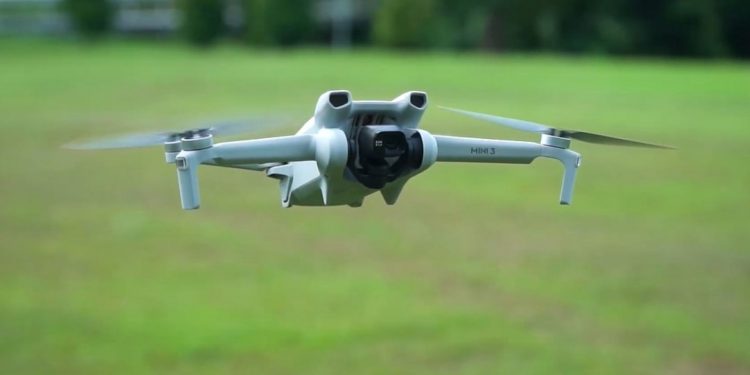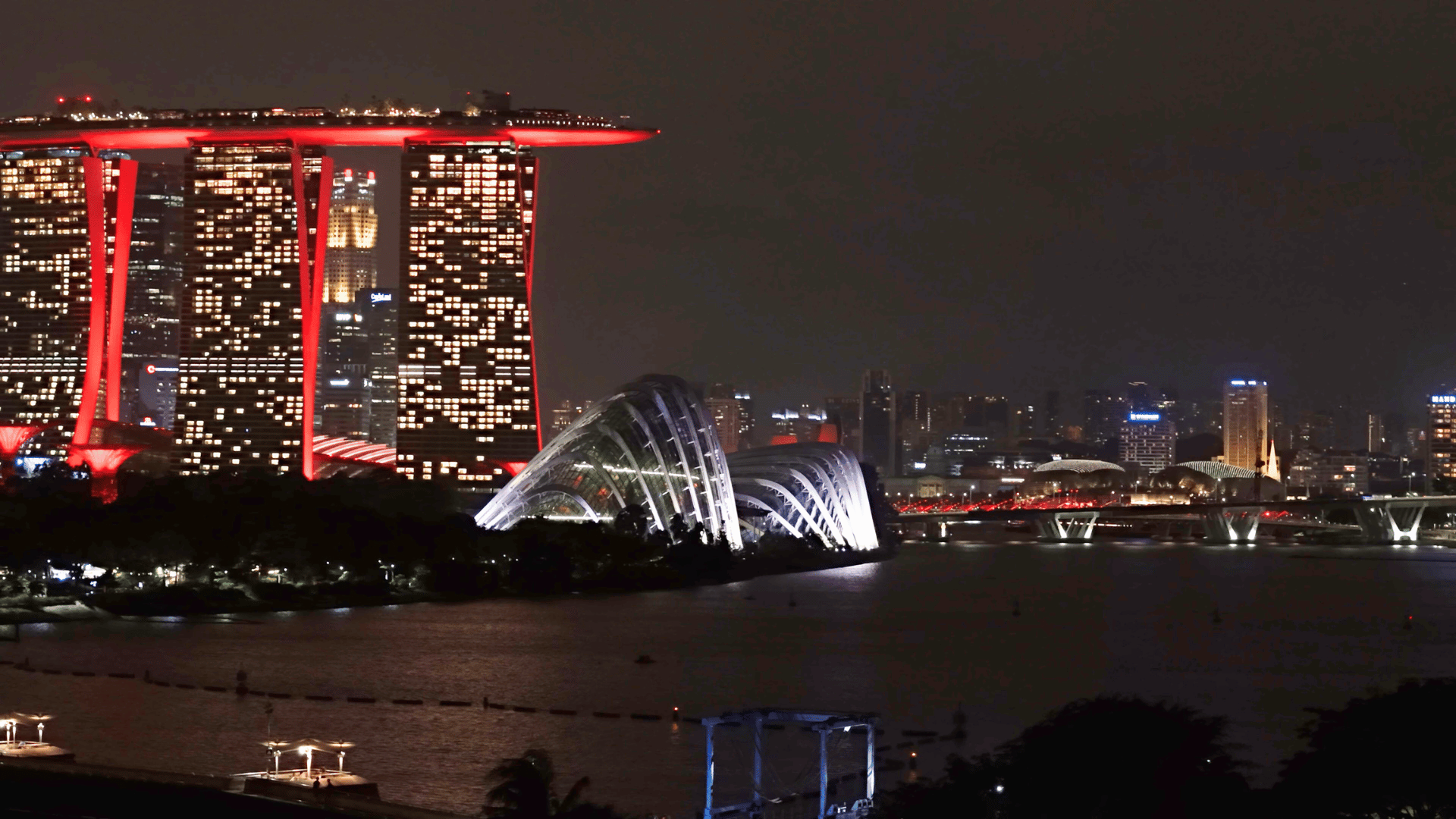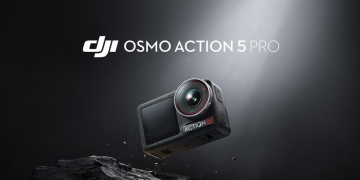So it turns out that good things do come in small packages. Launched in December last year, the DJI Mini 3 has created an exciting buzz among the drone community.
Weighing under 249g, the DJI Mini 3 is a very lightweight and compact drone, making it compliant with most drone-related regulations in many parts of the world.
It’s small size makes it a great travel companion. Both the drone and the controller can easily fit in most bags without taking up much space. After the initial setup and pre-flight checks, you will find that the Mini 3 is very easy to control, withstanding wind speeds of up to 38 kilometres per hour.
All these features make the DJI Mini 3 perfect for beginners who want to try out drone flying, especially if you are living in Singapore where there are strict drone regulations.
Design and Controls on the DJI Mini 3
The DJI Mini 3 sports a clean and sleek design, similar to the rest of the DJI drone lineup.
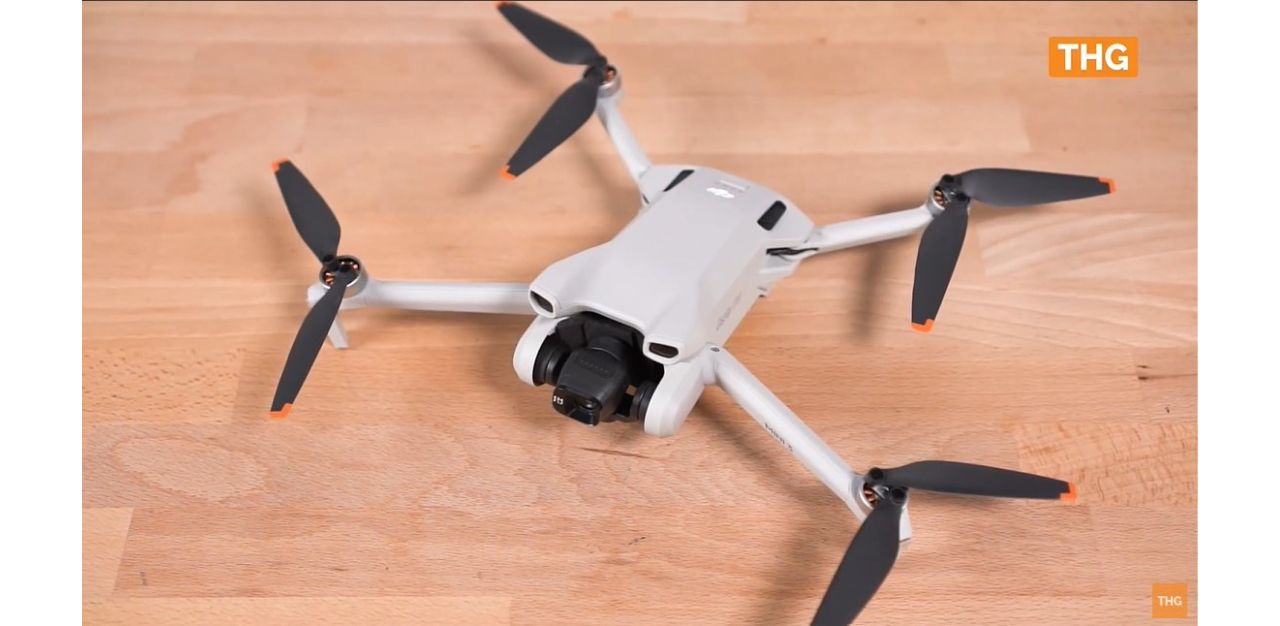
On the rear, there is a USB-C charging port and a micro-sd card slot and on the top, the power button and battery status LEDs.
The propellers can be easily folded and unfolded, ensuring its ease of use and portability.
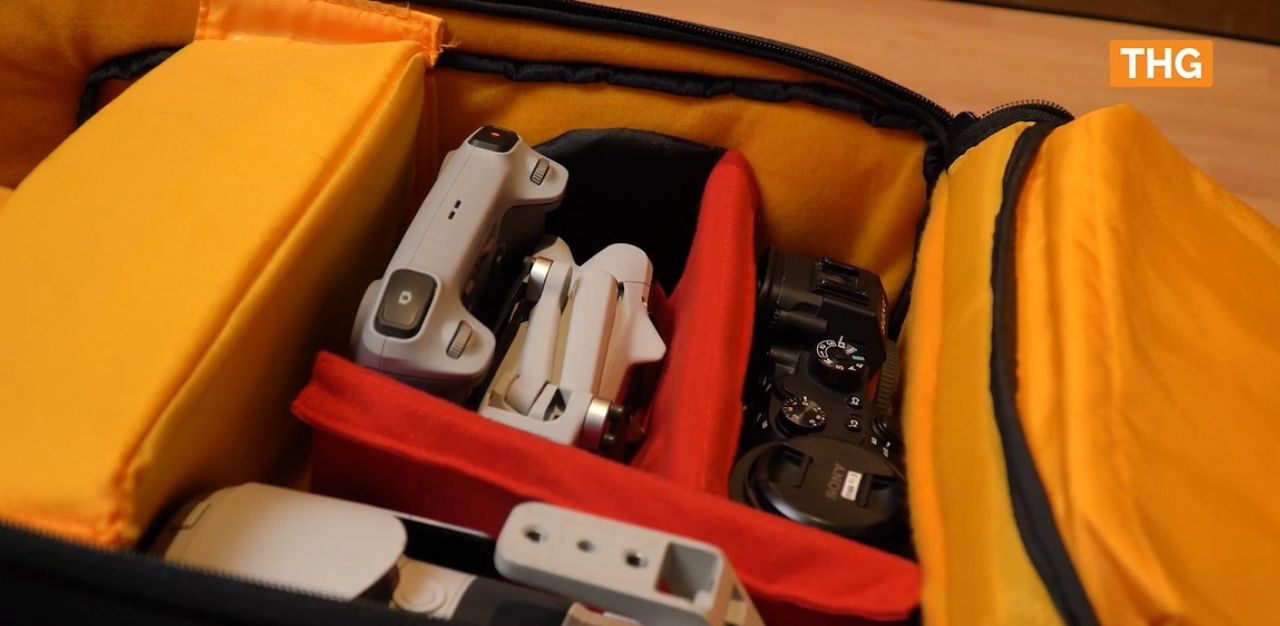
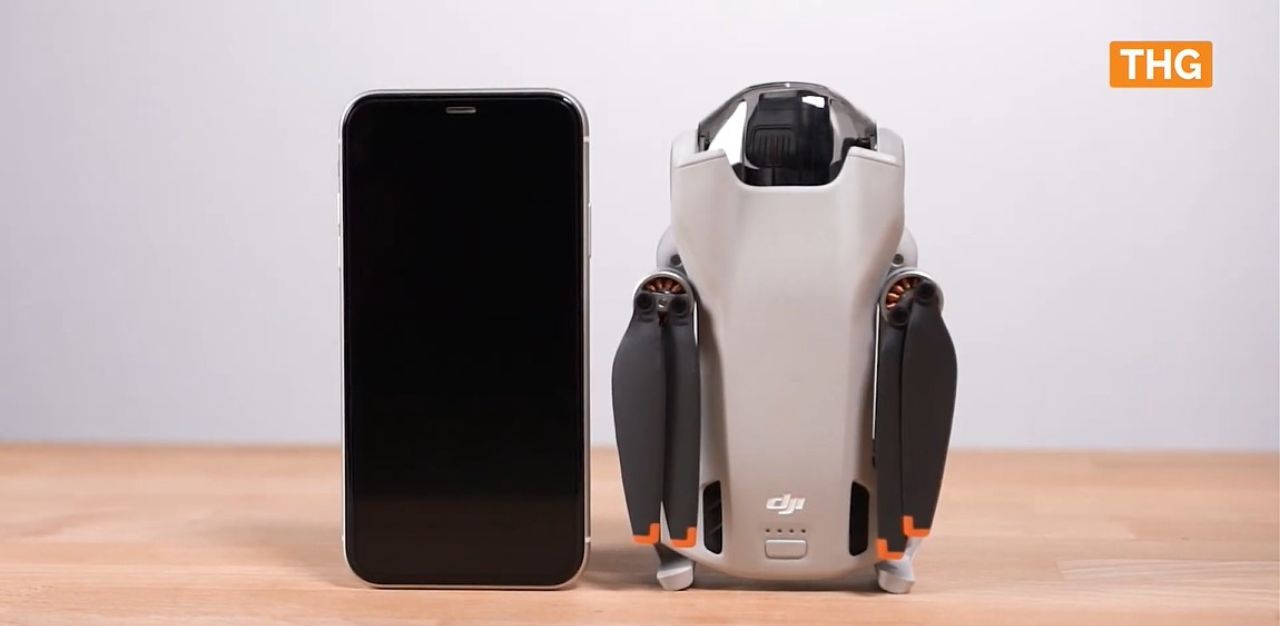
The DJI-RC controller design is similar to the Mini 3 and it’s also small and lightweight.
The large touchscreen display makes it easy to navigate the various menus and settings of the drone. While it is clear enough to see in most situations, the glossy finish is sometimes hard to look at while under the sun.
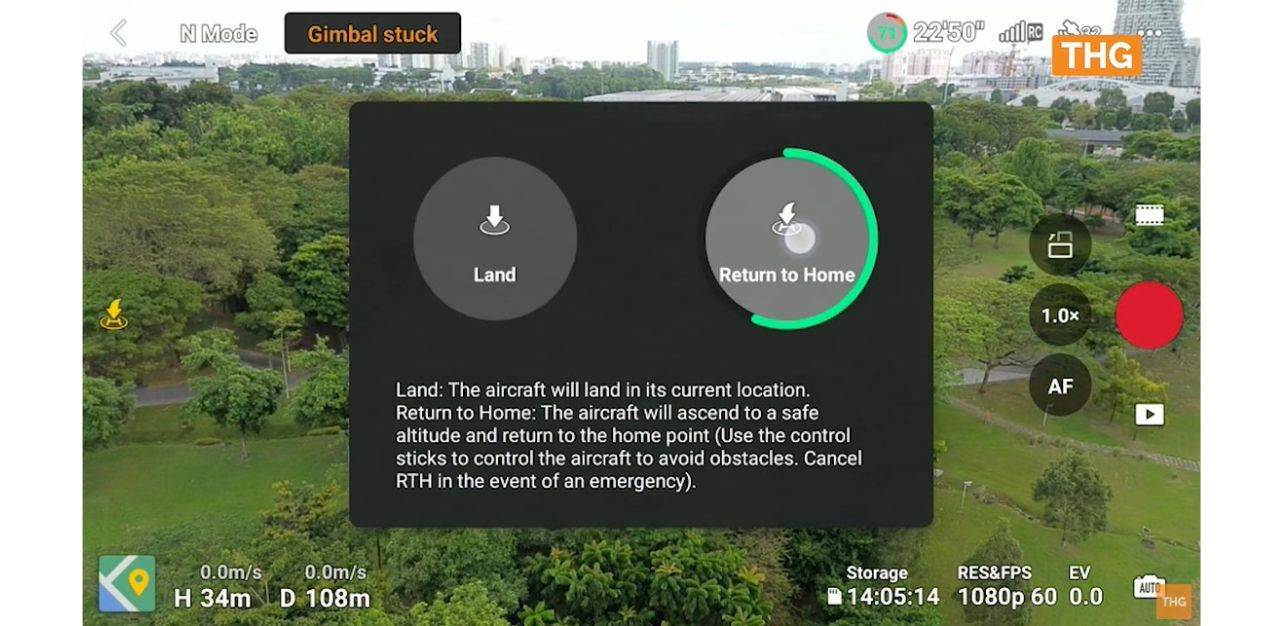
Imaging
The DJI Mini 3 can capture high-quality photos and videos. It sports a 12MP 1/1.3 inch CMOS sensor with a 1.7 aperture ensuring high-quality imaging capabilities.
Photos can be shot in both Jpeg and Raw, and there are also options to shoot panoramic shots, even in 360 degrees.
The Mini 3 can record up to 60 fps at Full HD and 2.7k and up to 30 fps at 4k. You can zoom in on your shots, but it uses a digital crop compared to actually changing the focal length.
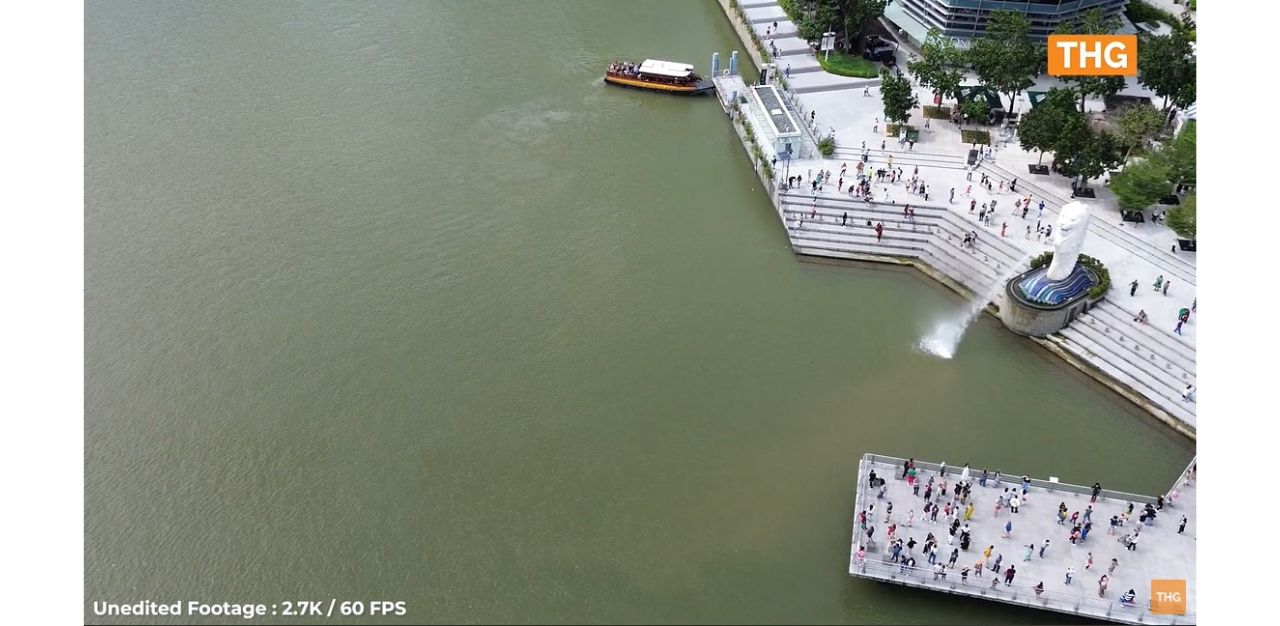
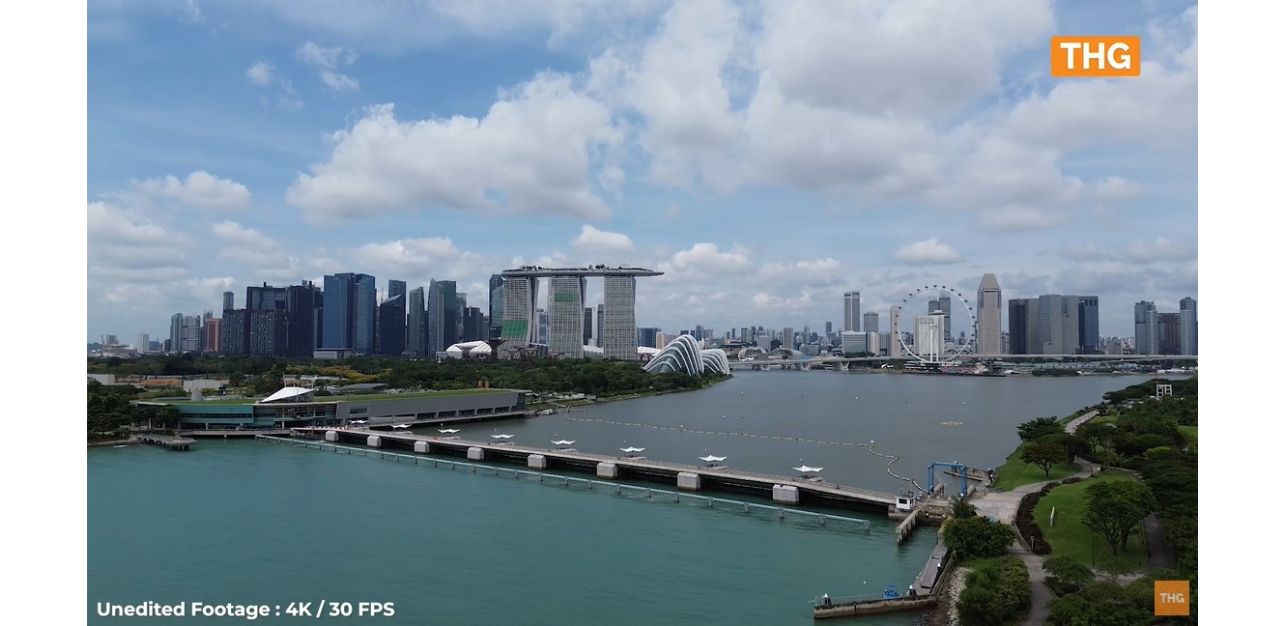
With the new gimbal design switch between landscape and portrait modes with ease to record videos fit for social media.
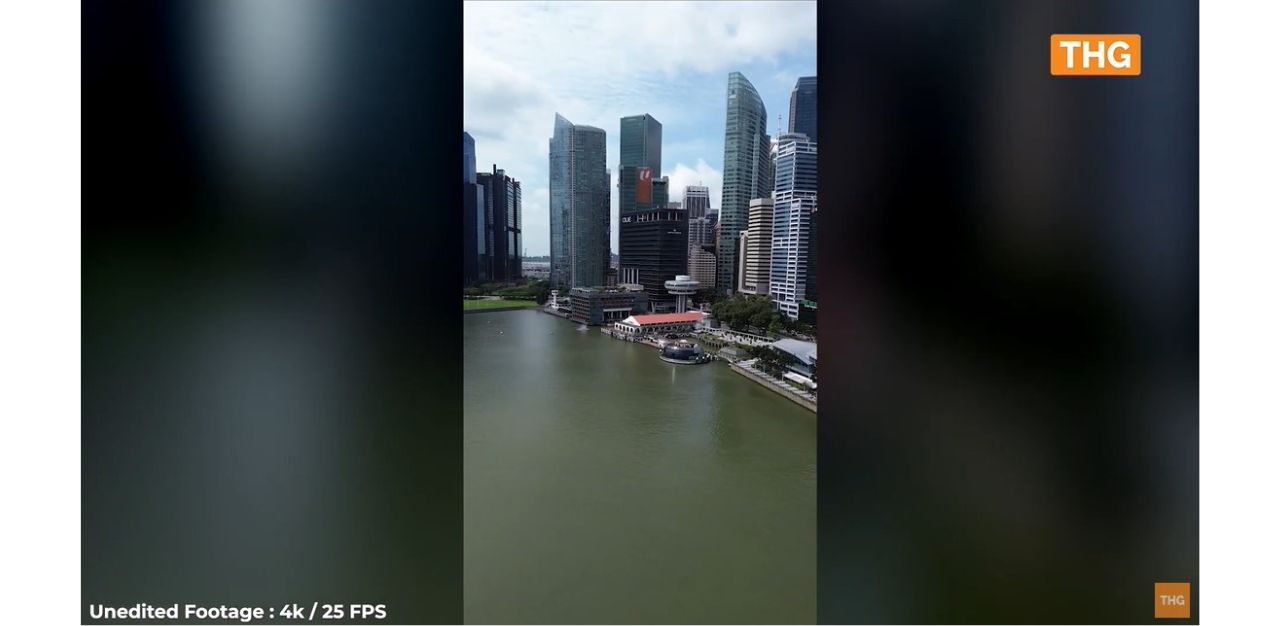
The DJI Mini 3 unfortunately is not able to actively track a target, but there’s limited tracking through Quickshots.
Quickshots allow you to get sophisticated shots easily. Simply select one of the 5 available Quickshots and the drone will execute a preset motion and record it at the same time. Each Quickshot requires you to select a point of interest, and the drone will manoeuvre around it.
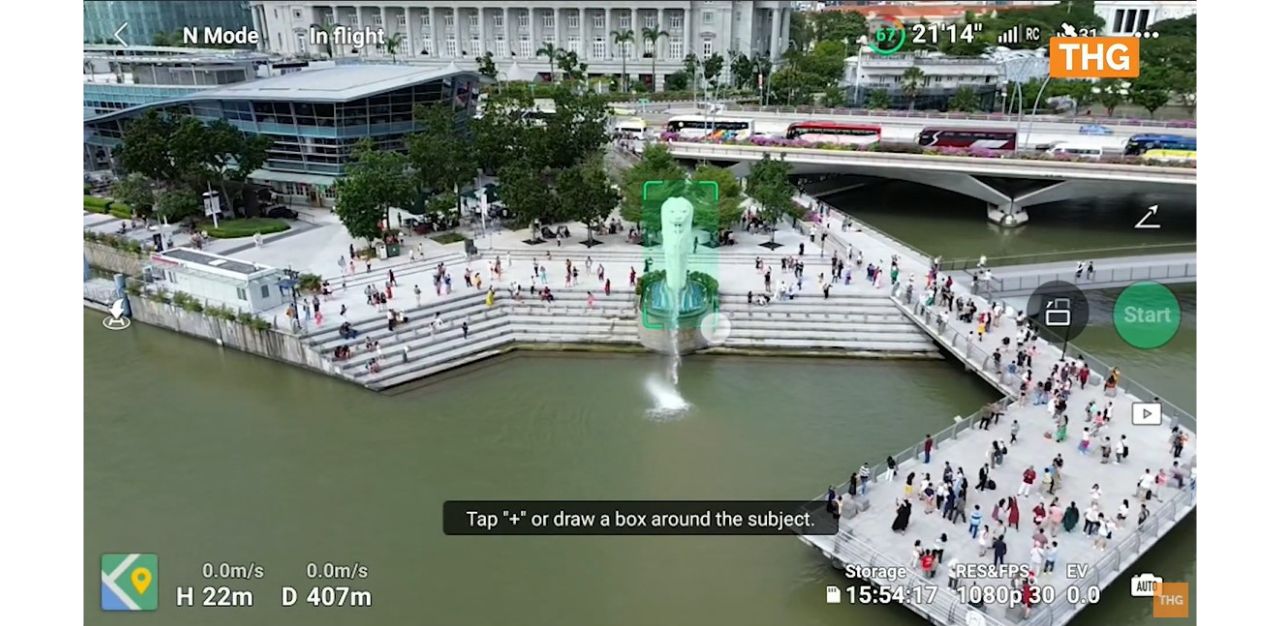
Unlike the DJI Mini 3 pro, the DJI Mini 3 does not come with an obstacle avoidance system, so wide open areas are the best places to fly.
Battery
The standard intelligent flight battery allows flight time of up to 38 minutes, which is an improvement compared to the DJI Mini 2. For any period longer, remember to pick up extra batteries.
Apart from the standard battery, the flight battery plus gets flight times of up to 51 minutes, but it will increase the weight to over 250g.
Final thoughts on the DJI Mini 3
All in all, the DJI Mini 3 is an easy drone to use and a great choice for beginners. At just S$639 for both DJI Mini 3 and the DJI-RC controller, its small form factor and vertical shooting mode, it marks itself as a great entry level drone to bring around and share videos on social media.
To maximise the time and fun in the sky, the Fly More Combo Plus Bundles which comes with extra batteries is highly recommended at S$1219.
RELATED: Oppo’s marriage with Hasselblad for the Find X5 Pro: Is it worth the Hassel?
Join the conversations on TheHomeGround Asia’s Facebook and Instagram, and get the latest updates via Telegram.



